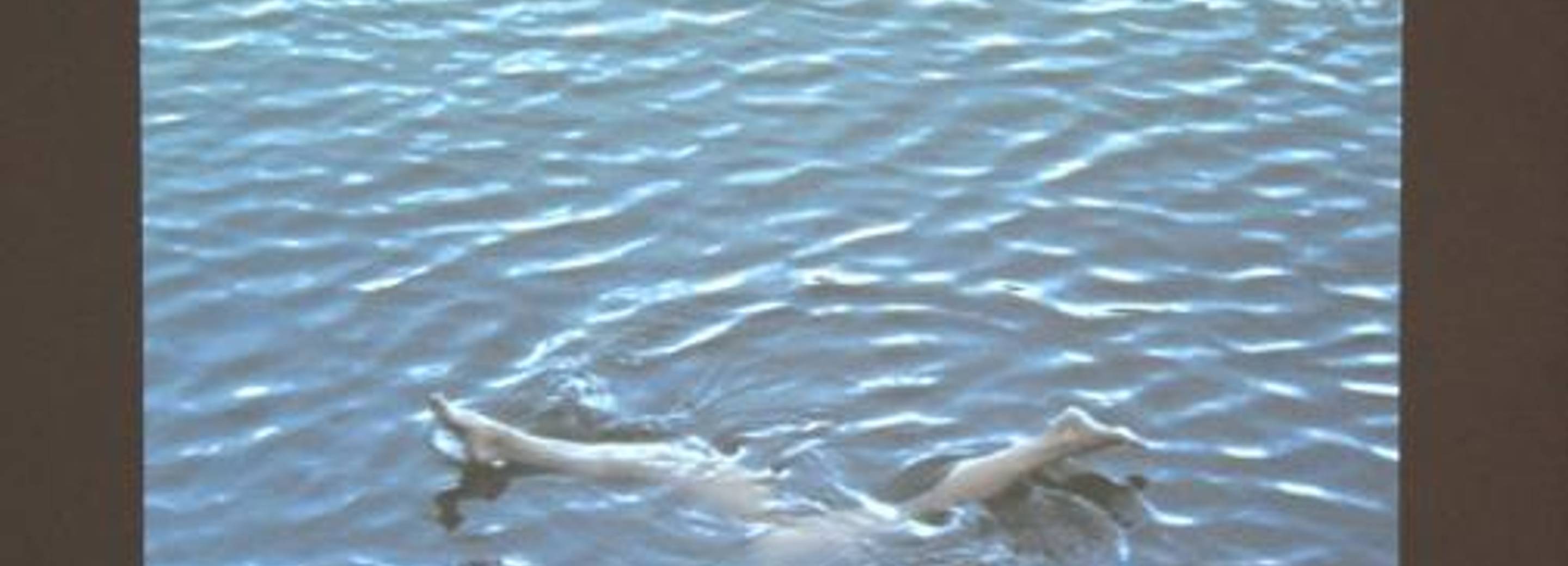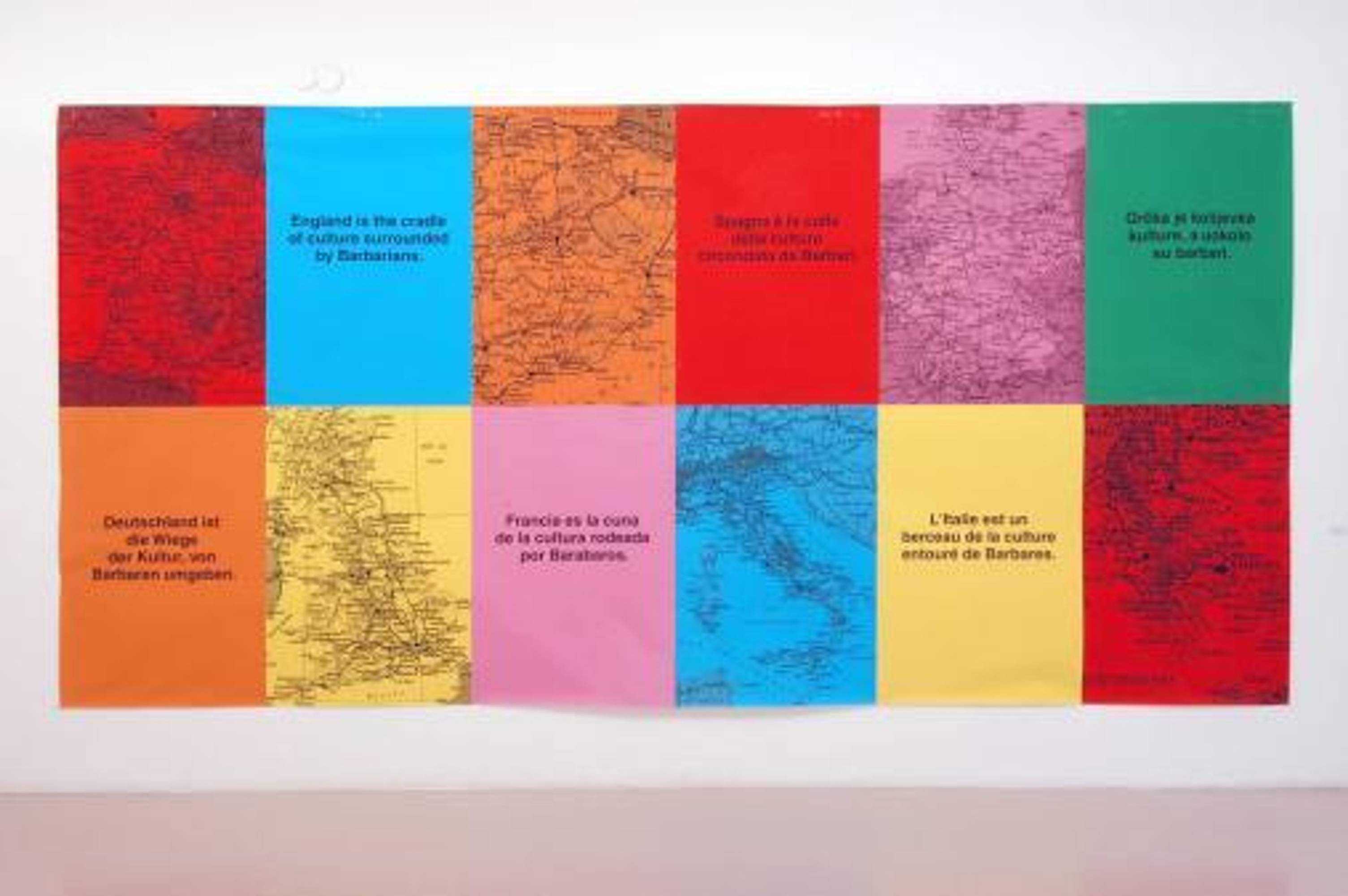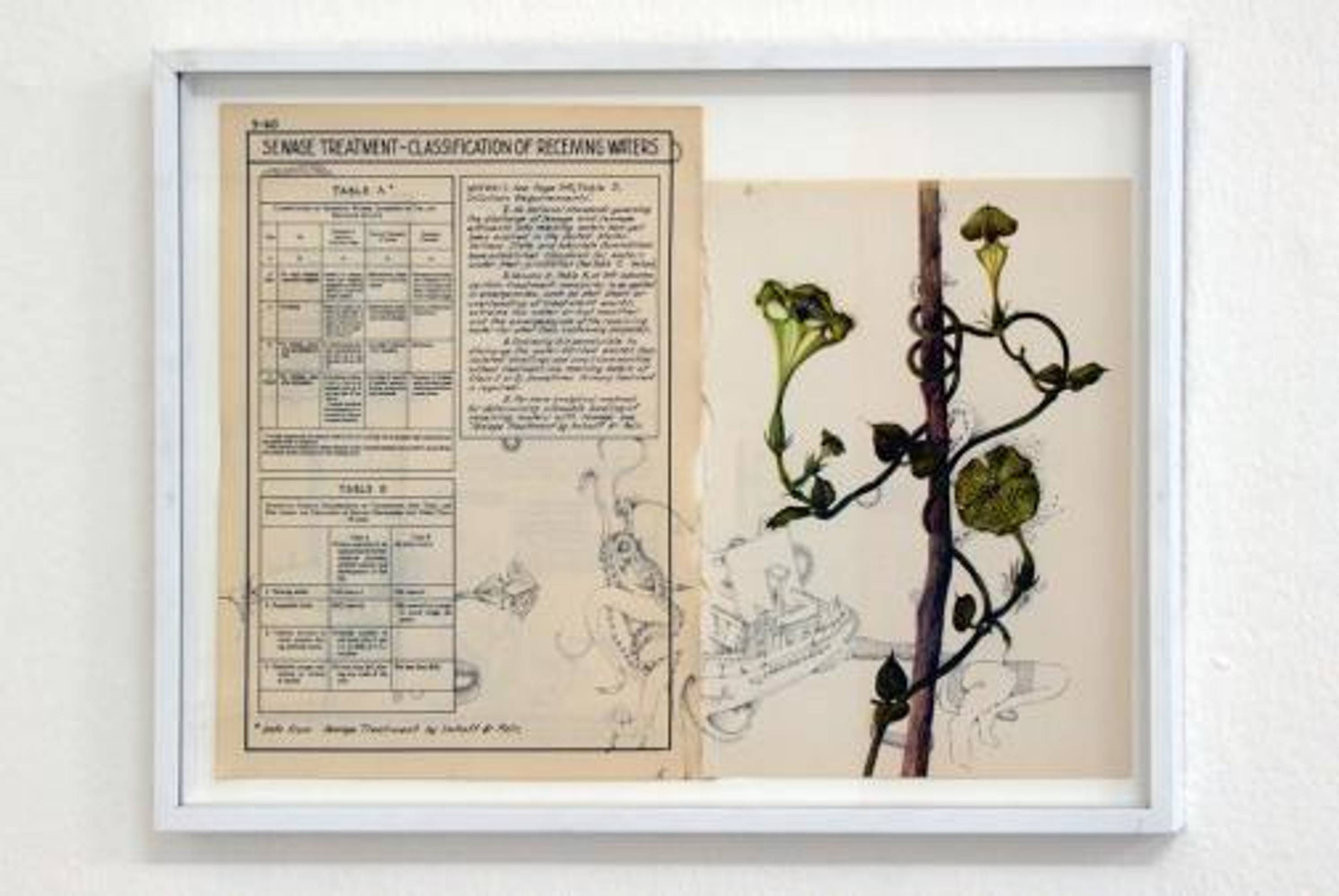OPHELIA’S WORLD
3 Hamburger Frauen (D), Asta Gröting (D), Una Hunderi (NO), Irini Karayannopoulou (GR), Margot Quan Knight (USA), Zoë Mendelson (GB), Marzia Migliora (I)
Curated by Sabine Gamper
The exhibition “Ophelia’s world” is the continuation of a project that began in 2004 with the group show ‘Innocence and Violence’, which deals with the work of women artists in responce to gender specific questions.
The topic of the present show is Ophelia, a character in William Shakespear’s “Hamlet” (1602), who has grown to become a collective myth relating to beauty, madness, nature and death. In nineteenth-century France the suicide of Ophelia inspired artists who portrayed her in innumerable works. The veneration reached a point where women began dressing themselves in the style of Ophelia, braiding garlands of leaves in their hair. As a result Ophelia became a character in the arts, designating the interface between what is nature and what is human.This nexus accredits to women all those attributes that the “civilized” assigned to “nature”: to be extraordinarly beautiful, pure and defenceless on the one hand, and exceedingly dangerous, chaotic and seductive on the other.
Within music, art and literature, one can constantly find this connection of (* here is a change) Woman with the element of Water, but also in the reinterpretions in feature films, comic-strips and advertising.
Following the trend towards “wellness” and ecological tourism, this connection is undergoing a revival. But, in what consists this incredible fascination that the Ophelia characters, sirens, nymphs and mermaids exert on us?
The meaning of this invisible embrace of water and woman arises primarily out of the concept of life. Nature and femaleness stand for the the creative power as well as the capacity to give birth, they represent motherhood, Eros and sexuality, and at the same time they symbolize power over life and death. However, in this assignation lies the power of both creation and destruction. To be restrained this prolific, and at the same time minatorial power has to be transmitted to the realm of the Symbolic, i.e. to be safely consumed as art object, the attracting woman must symbolically die. Ophelia is the dead woman who has been solidified as a piece of art, she is the seductress who has lost her minatorial nature. Her beauty and power are no longer exerting anxiety, from now on they exert only fascination.
The purpose of this exhibition consists in inverting the principle of removing these menacing female strenghts, and instead encourages a versatile approach through the work of young contemporary artists. Furthermore it seeks out the significance of Ophelia-related arguments and attempts to grasp their importance for today’s gender concepts. By picking up this connection between femininity and nature, water and sensuality, the artists ensure that the principle of “removing the Other” no longer works, it is in fact defussed, since they are not dealing with the “Other” but with their “Own selves“. In fact they often use their own body as an example.
Yet, today, this no longer happens in the form of a painful examination, which partly induces to affect violently ones own body, as it was the case in the 1970’s (for example Gina Pane). It happens rather by means of an astonishing self-conciousness and a subtle review of our cultural self-conception – revealing great potential for self-mockery.


